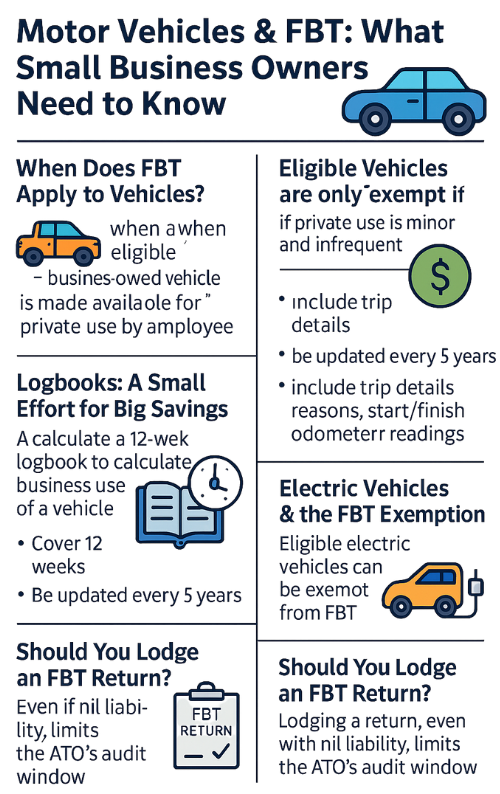Let’s face it—running a business hasn’t been a walk in the park lately. But instead of waiting for the “perfect” conditions to come back around, there’s never been a better time to take a fresh look at your operations and find smart, practical ways to improve.
Whether your original plan was to scale, sell or simply survive, optimising key parts of your business can help you build a more valuable, profitable, and enjoyable business—right now.
Here are six simple but effective areas to focus on:
1. Embrace Digital & Automation Tools
If you’re still relying on spreadsheets and sticky notes, it’s time to bring in the tech cavalry. Cloud accounting software, automation tools, AI assistants, and digital marketing platforms can save you hours and streamline everything from bookkeeping to customer follow-up. You might even find new income streams via eCommerce or online booking tools.

2. Take Control of Your Finances
A profitable business starts with good financial habits. Switching to cloud-based accounting can give you live cashflow insights, better control of your spending, and faster reporting. Many systems also plug into tools like inventory, invoicing, or point-of-sale platforms—helping you work smarter, not harder.
3. Build Stronger Customer Relationships
Your best marketing tool? Happy customers. Check in on what they really value, ask for feedback, and be ready to adapt. A little personalisation goes a long way—and showing you’re listening builds the kind of loyalty that turns customers into long-term fans.
4. Explore New Products, Services or Audiences
It’s easy to stick to what you know—but growth often lives just outside your comfort zone. Consider branching into a new product line, targeting a new client group, or packaging your services in a new way. Even small tweaks can uncover new revenue or lead to bigger opportunities.
5. Invest in Your Team
Your business is only as strong as the people behind it. Offering development opportunities, building a positive workplace culture, and celebrating wins can go a long way. When hiring, aim for diversity—in skills, backgrounds and perspectives. Great teams innovate, adapt, and help you grow.
6. Collaborate Through Strategic Partnerships
Who says you have to go it alone? Partnering with other businesses—especially ones with similar values or overlapping audiences—can extend your reach, reduce your costs and open new doors. Think joint events, bundled services, cross-promotion, or even shared workspace.
Let’s Talk About What’s Possible
There’s no magic switch that guarantees success—but these six areas offer tangible ways to strengthen your business from the inside out.
If you’re ready to explore how you could optimise your business model, systems or team, contact BusinessSpark. We’ll help you assess where you’re at now—and what small changes could make a big difference.
Reach out today to book a review of your business strategy and systems. Your future self will thank you.







 For recruiters, this might mean planning around slow invoice payment cycles. For vets, it’s about anticipating when pet insurance payouts lag. For tradies, it could mean bridging the gap between progress payments.
For recruiters, this might mean planning around slow invoice payment cycles. For vets, it’s about anticipating when pet insurance payouts lag. For tradies, it could mean bridging the gap between progress payments.